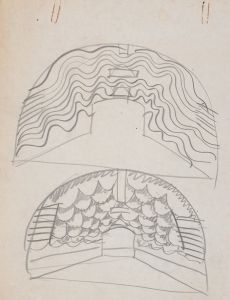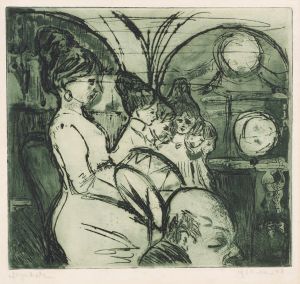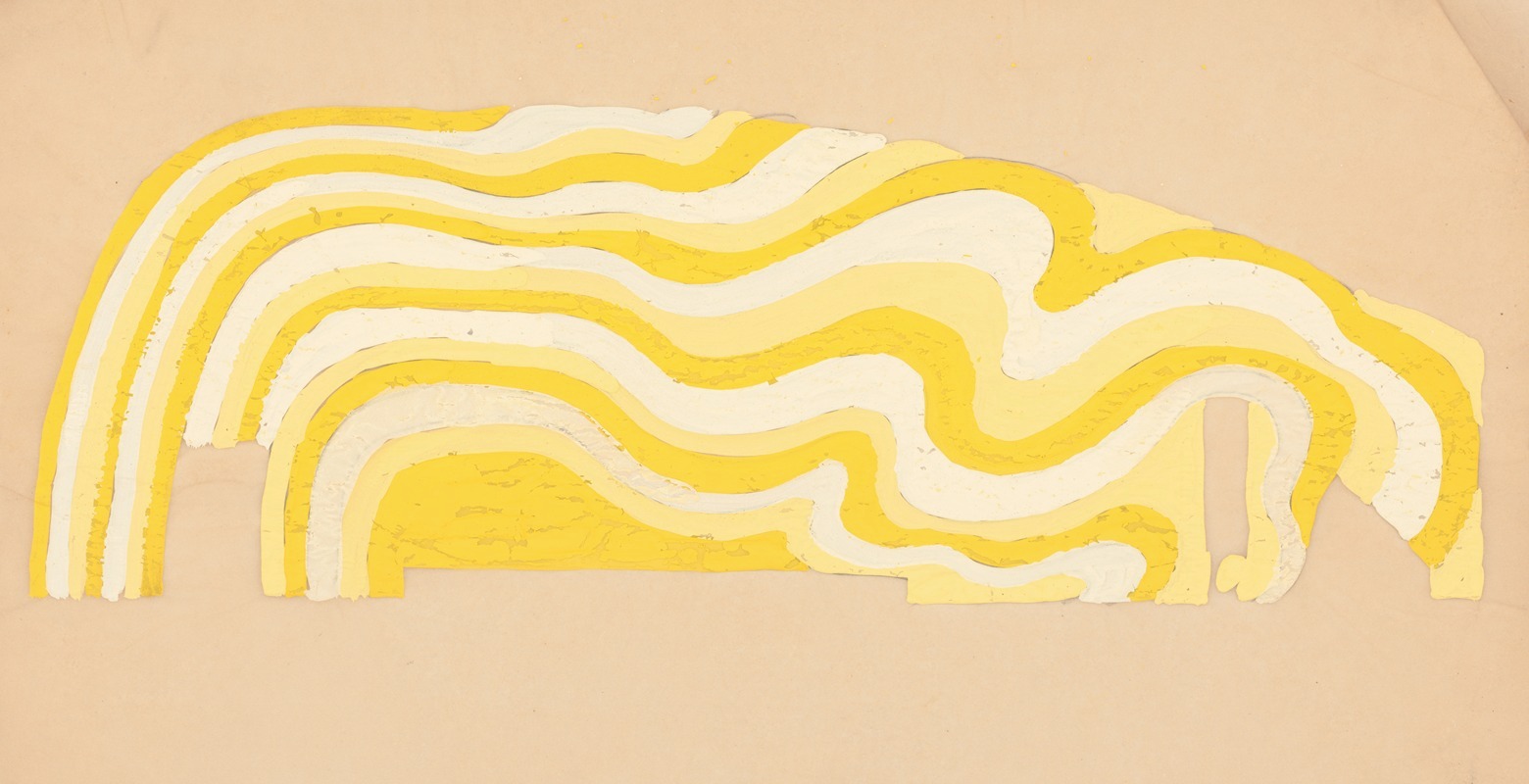
Suggested treatments of Auditorium for Theatre and Concert Hall, New York World’s Fair
A hand-painted replica of Winold Reiss’s masterpiece Suggested treatments of Auditorium for Theatre and Concert Hall, New York World’s Fair, meticulously crafted by professional artists to capture the true essence of the original. Each piece is created with museum-quality canvas and rare mineral pigments, carefully painted by experienced artists with delicate brushstrokes and rich, layered colors to perfectly recreate the texture of the original artwork. Unlike machine-printed reproductions, this hand-painted version brings the painting to life, infused with the artist’s emotions and skill in every stroke. Whether for personal collection or home decoration, it instantly elevates the artistic atmosphere of any space.
Winold Reiss was a German-American artist known for his portraits and murals, particularly those that celebrated cultural diversity. Among his works is the piece titled "Suggested treatments of Auditorium for Theatre and Concert Hall, New York World’s Fair." This artwork was created in the context of the 1939 New York World's Fair, an event that showcased technological innovation and cultural exchange on a global stage.
The 1939 New York World's Fair, held in Flushing Meadows-Corona Park in Queens, New York, was a significant cultural event that attracted millions of visitors from around the world. The fair's theme was "Building the World of Tomorrow," and it featured numerous pavilions and exhibits that highlighted advancements in science, technology, and the arts. Within this context, Reiss's work was part of a broader effort to envision and design spaces that could accommodate the cultural aspirations of the time.
Reiss's "Suggested treatments of Auditorium for Theatre and Concert Hall" reflects his interest in creating spaces that were not only functional but also aesthetically pleasing and culturally inclusive. While specific details about the artwork are limited, it is known that Reiss's designs often incorporated elements from various cultural traditions, reflecting his belief in the power of art to bridge cultural divides. His work frequently included vibrant colors and geometric patterns, which were characteristic of his style and can be seen in other projects he undertook during his career.
Reiss's involvement in the New York World's Fair was part of a larger trend during the early 20th century, where artists and architects were increasingly called upon to contribute to public works and exhibitions. These projects were seen as opportunities to showcase the potential of modern design and to create environments that could inspire and educate the public. Reiss's designs for the auditorium would have been intended to enhance the experience of visitors, providing a setting that was both modern and reflective of the fair's forward-looking ethos.
Throughout his career, Winold Reiss was committed to exploring themes of cultural diversity and integration. His work often celebrated the contributions of various ethnic groups to American society, and he was known for his portraits of Native Americans, African Americans, and other minority communities. This commitment to diversity is likely reflected in his approach to designing spaces for the New York World's Fair, where he would have sought to create an environment that was welcoming and inclusive.
While detailed records of Reiss's specific contributions to the auditorium design are scarce, his broader body of work provides insight into his artistic philosophy and approach. Reiss's legacy is one of innovation and inclusivity, and his participation in the New York World's Fair represents an important moment in his career, as well as in the history of American art and design.
In summary, Winold Reiss's "Suggested treatments of Auditorium for Theatre and Concert Hall, New York World’s Fair" is a testament to his vision of art as a unifying force. Although specific details about the artwork are limited, it is clear that Reiss's work at the fair was part of a larger effort to create spaces that were both functional and reflective of the cultural diversity that he so passionately celebrated throughout his career.





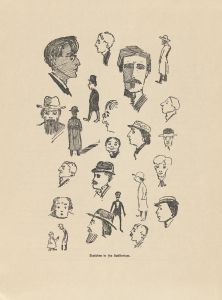
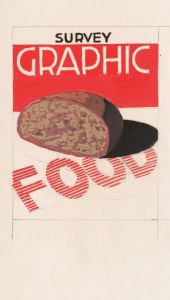
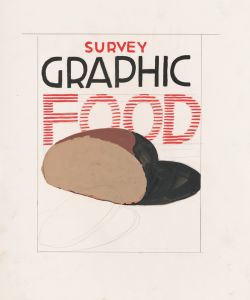
![Posters for Charity Bazar [i.e. Bazaar] for the widows and orphans of German, Austrian, Hungarian and their allied soldiers, March 23rd, 1916, New York, NY](/imgs/249259/s/winold-reiss-posters-for-charity-bazar-ie-bazaar-for-the-widows-and-orphans-of-german-austrian-hungarian-and-their-allied-soldiers-march-23rd-1916-new-york-ny-35f5cec1.jpg)
![[Design for mural in unidentified bar or restaurant.] [Study for mural]](/imgs/249261/s/winold-reiss-design-for-mural-in-unidentified-bar-or-restaurant-study-for-mural-93fd9e8e.jpg)
![Design for Figures of Music Building, New York World’s Fair, 1939.] [Elevation detail](/imgs/249284/s/winold-reiss-design-for-figures-of-music-building-new-york-worlds-fair-1939-elevation-detail-b48f5853.jpg)
![Design for unidentified caf ̌with green and yellow trim.] [Design with tulip stencils, upholstered bentwood chair in green and yellow color scheme](/imgs/249299/s/winold-reiss-design-for-unidentified-caf-with-green-and-yellow-trim-design-with-tulip-stencils-upholstered-bentwood-chair-in-green-and-yellow-color-scheme-e6c3f32a.jpg)
![Design for unidentified interior.] [Drawing of columned hall with altar on a stepped plinth and decorative frieze featuring elephants](/imgs/249300/s/winold-reiss-design-for-unidentified-interior-drawing-of-columned-hall-with-altar-on-a-stepped-plinth-and-decorative-frieze-featuring-elephants-5fe6009d.jpg)
![Design sketches for Hotel Alamac, 71st and Broadway, New York, NY.] [Sketch for Medieval Grill Murals](/imgs/249415/s/winold-reiss-design-sketches-for-hotel-alamac-71st-and-broadway-new-york-ny-sketch-for-medieval-grill-murals-6dec3039.jpg)
![Suggested treatments of Auditorium for Theatre and Concert Hall, New York World’s Fair 1939.] [Sketch for Scheme A](/imgs/249446/s/winold-reiss-suggested-treatments-of-auditorium-for-theatre-and-concert-hall-new-york-worlds-fair-1939-sketch-for-scheme-a-e530668f.jpg)
![Suggested treatments of Auditorium for Theatre and Concert Hall, New York World’s Fair 1939.] [Sketch for Scheme A](/imgs/249447/s/winold-reiss-suggested-treatments-of-auditorium-for-theatre-and-concert-hall-new-york-worlds-fair-1939-sketch-for-scheme-a-32d2e6d7.jpg)

